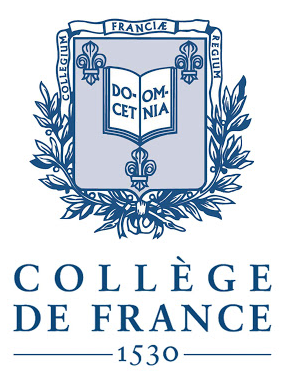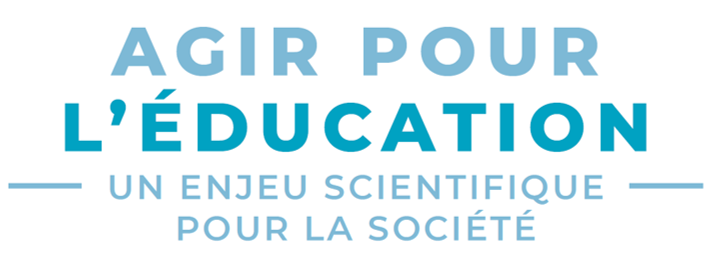



Each year, we organize machine learning challenges from data provided by public services, companies and laboratories: general documentation and FAQ. Seasons begin in January; the challenges are introduced in the context of Stéphane Mallat's lesson at the Collège de France.
A prize ceremony for the best participants of the preceding season will be held in February at the College de France (03/02/2022).
Guide to create an account, choose your challenges and submit solutions.
Guide to create a course project from selected challenges and to follow student progresses.
If you are interested in organizing a challenge with us, do not hesitate to contact us!
Each year, we organize a call for projects during the summer. Projects are selected and beta-tested between september and december, and launched in january. Relevant information can be found in the providers guide.
Challenge Data is managed by the Data team (ENS Paris), in partnership with the Collège de France and the DataLab at Institut Louis Bachelier.
It is supported by the CFM chair, the PRAIRIE Institute and IDRIS from CNRS.
